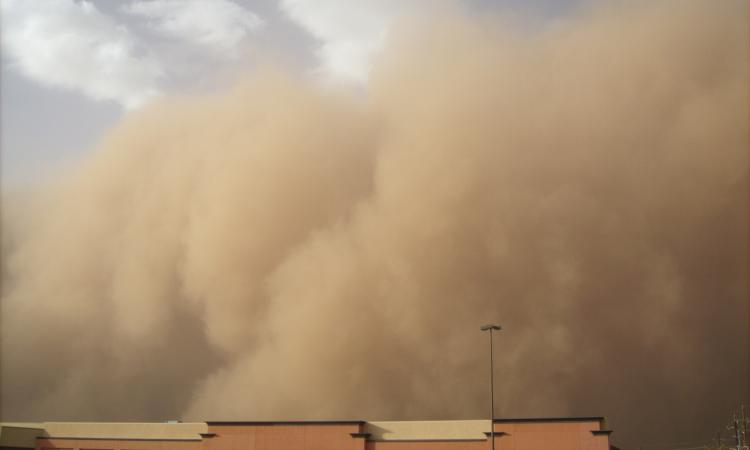
Around 127 people died and 300 others were injured during the severe dust and thunderstorms that shook north India on May 2. Winds touching a speed of 126 kilometres per hour brought down houses and uprooted trees, thus becoming the strongest storm in the last six years. What led to such a massive weather event? The answer is the high temperature which, combined with other weather systems, triggered a cycle of storms which fed each other.
The region was registering very high temperatures. In fact, Nawabshah, a city in neighbouring Pakistan was searing under 50.2 degree celsius on April 30, the highest temperature ever recorded for the April month. On May 2, the day of the storm, Jaipur recorded a temperature of 43 degree celsius, four degrees above normal.
High temperatures in Rajasthan and a cyclonic circulation over Haryana led to the formation of storm clouds. The western disturbance carrying moisture from Eurasia at the same time joined this system to cause thunderstorms. The easterly winds bringing moisture from the Bay of Bengal also joined the system in eastern India causing thunderstorms in the states of Bihar and eastern Uttar Pradesh. A chain of storms was developed that fed each other.
Experts suggest such freak events are bound to increase with time due to rising temperatures across the globe. Researchers studying the massive dust storm that engulfed seven countries in the Middle East in 2015 concluded that extremely high temperatures led to the storm. Desertification due to deforestation and overgrazing of pastures contributed to it.
As the world faces a greater intensity of dust storms, the diseases related to lungs, including pneumonia and asthma, besides meningitis are bound to rise, said a study done at the University of Miami. Reducing pollution and protecting natural resources like forests can help prevent such extreme weather events in the future.